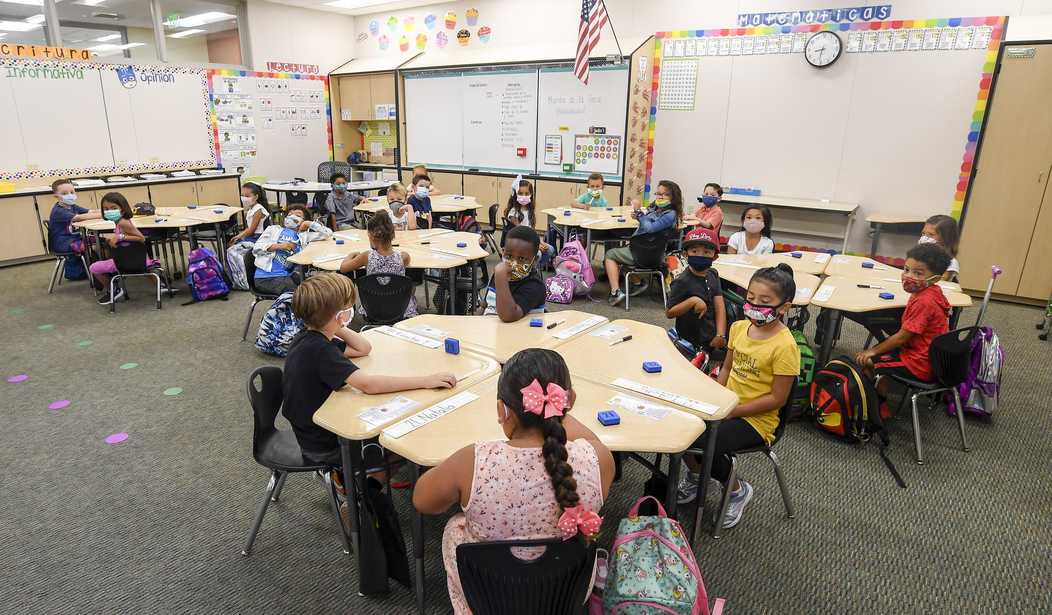The school year has begun in most U.S. school districts, and there are still challenges left over from the pandemic period that need to be dealt with. Among the most pressing concerns is the rampant absenteeism that has reached epidemic levels.
The long closures at the height of the pandemic have changed the way many parents and students look at attendance. Indeed, some educators are wondering if parents and students feel that going to school is optional.
As crazy as that sounds, the statistics say something is happening. And unless there’s a dramatic change in student attendance, the disparities between rich and poor, white and black, in educational achievement are only going to widen.
About one-quarter of all U.S. students qualified as chronically absent in the 2022-23 school year, meaning they missed 10% of school (or about three and a half weeks). No other year has ever come close.
“I’m just stunned by the magnitude,” said Thomas Dee, a Stanford economist who has conducted the most comprehensive study on the issue.
In Dee’s study, he looked for explanations for the trend, and the obvious suspects didn’t explain it. Places with a greater Covid spread did not have higher lingering levels of absenteeism, for instance. The biggest reason for the rise seems to be simply that students have fallen out of the habit of going to school every day.
Consistent with this theory is the fact that absenteeism has risen more in states where schools remained closed for longer during the pandemic, like California and New Mexico (and in Washington, D.C.). (Author’s emphasis)
“For almost two years, we told families that school can look different and that schoolwork could be accomplished in times outside of the traditional 8-to-3 day,” Elmer Roldan, who runs a dropout prevention group, told The Los Angeles Times. “Families got used to that.”
The “experts” who assured parents that “remote learning” would be a good substitute for in-person learning should be put in the stocks. And giving students a pass today if they don’t feel like going to school is just as ruinous to a child’s ability to learn.
“The most fundamental thing for adults to understand is that avoidance feeds anxiety,” Damour told the New York Times. “When any of us are fearful, our instinct is to avoid. But the problem with giving in to that anxiety is that avoidance is highly reinforcing.” The more often students skip school, the harder it becomes to get back in the habit of going.
As we know today, there was absolutely no reason to keep schools closed after September 2020. By then, we knew that children were, if not immune, much less vulnerable to the COVID-19 virus. As Florida and other states proved, keeping the schools open led to much better educational outcomes.
Hedy Chang, who runs Attendance Works, a group focused on attendance, told The Associated Press, “The long-term consequences of disengaging from school are devastating.”
Dee’s study shows absenteeism falling only slightly from the school year he compiled his study — 2020-21 — to 2021-22. Despite efforts that will continue this year, absenteeism appears to be a long-term problem that will only put U.S. students further behind the rest of the world.










Join the conversation as a VIP Member